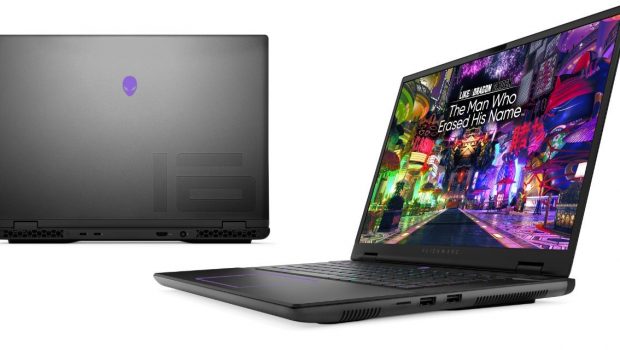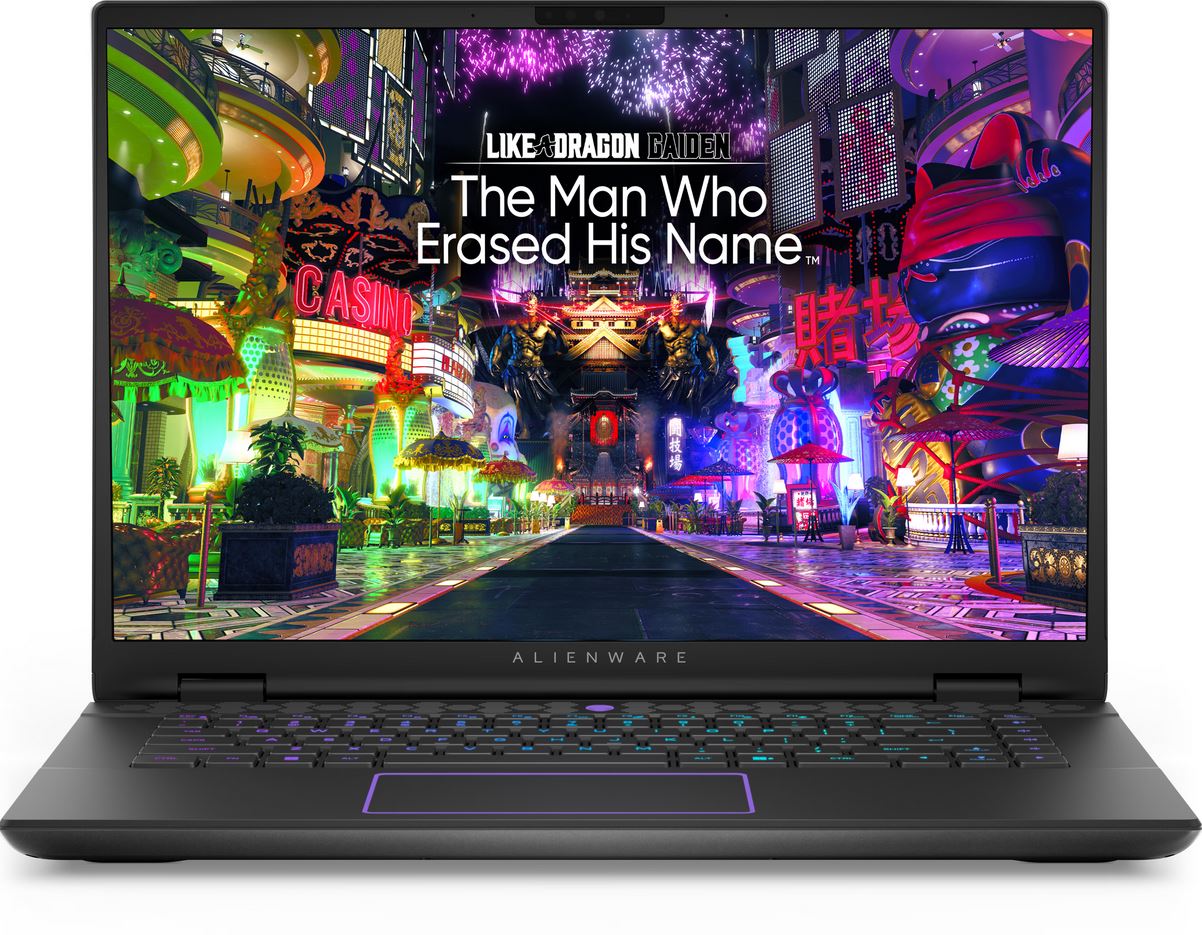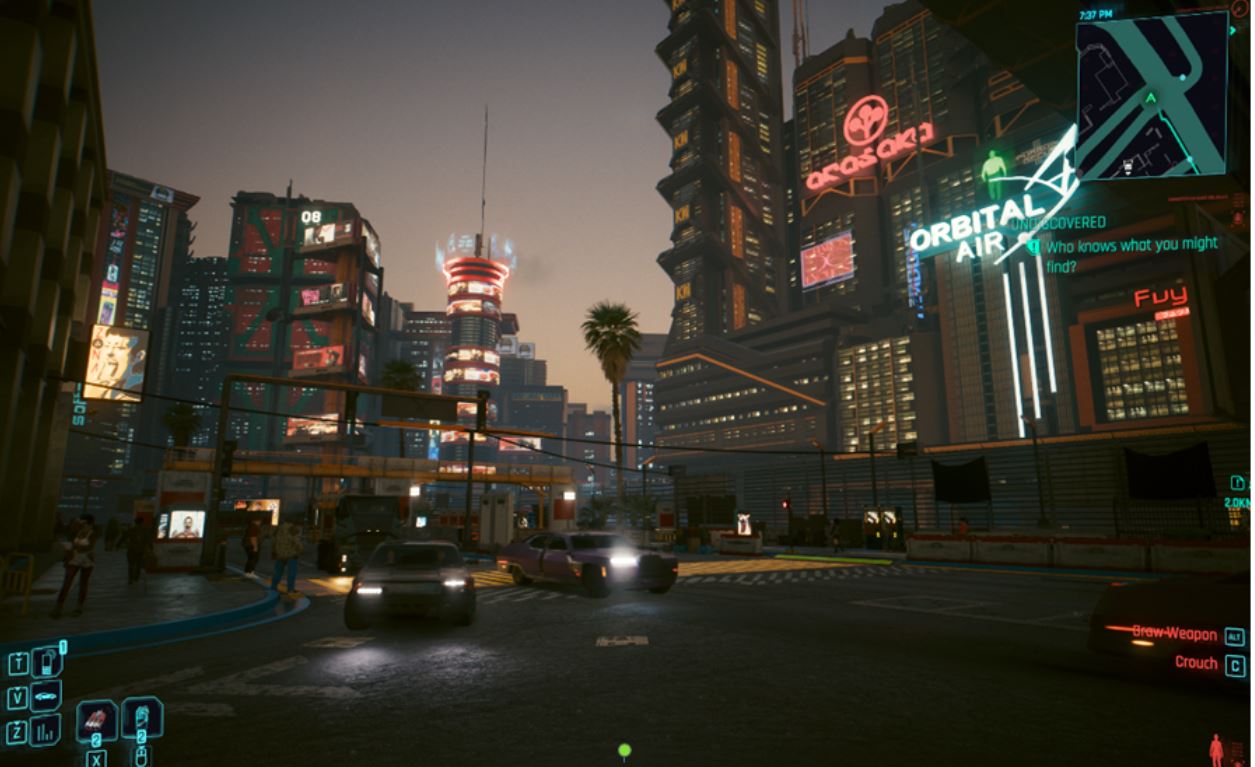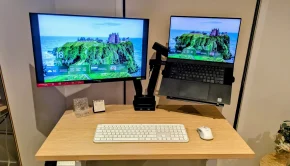Alienware m16 R2 Review
Summary: ... whilst I’m trying to review the Alienware m16 R2 on it’s own merits, I can’t help but wish I was getting more value or performance for the price.
3
Pricey luxury
To be honest, the Alienware m16 R2 surprised me with its performance, well exceeding my expectations. However, I remain uncomfortable with the price required for that performance, in a laptop that I feel is trying to balance ‘gaming’ with the convenience of smooth ‘everyday use’.
The Alienware m16 R2 has several configurations available on the Dell website, so for clarity I will summarise the specifications of the review model below, along with the price point.
CPU – Intel Core Ultra 9 185H (2.30 GHz)
Memory – 32 GB RAM
Graphics/GPU – Nvidia GeForce RTX 4070
Display – 2560 x 1600, 240 Hz
Storage – 1TB Western Digital SSD
and importantly, the price at time of writing – $3298.90 AUD.
So, first impressions – the m16 R2 is a medium-sized laptop, not significantly smaller than my usual ‘brick’ of a gaming laptop, but it is MUCH lighter at approx. 2.5 kg, and slimmer. The presentation is a mixture of utilitarian metal grey and glowing Alienware logos. The laptop boots up with fanfare, the RGB keyboard flashing a rainbow spectrum and the little Alienware logo shining like a badge on a car. My usual gaming laptop has specs similar to the m16 R2 – despite this I was pleasantly surprised at how much smoother and faster day-to-day tasks on the m16 R2. In the grand scheme of things a few seconds here and there may not be significant to the outcome of your task, but it feels significant despite that.
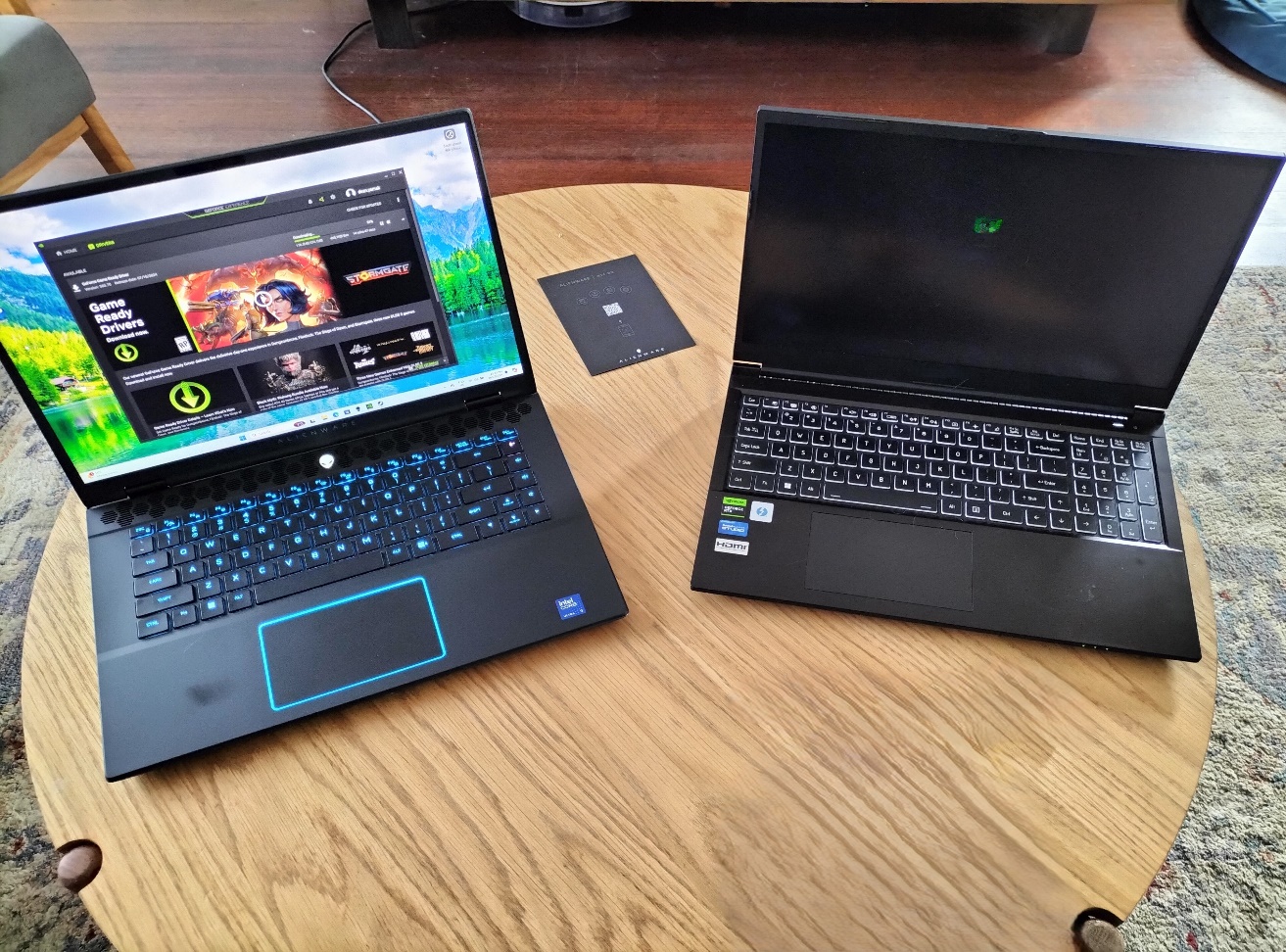 Comparing my own 2021 laptop with the Alienware m16 R2 (left)
Comparing my own 2021 laptop with the Alienware m16 R2 (left)
The cooling system works reasonably well, I didn’t notice any specific hot spots on my laptop when co-playing on the couch. The fans are surprisingly loud- but I prefer the cooling to be loud and proud and effective (especially after having overheating issues with a laptop years prior). The sound quality outweighs fan noise, and is superior to the three other ‘gaming’ laptops I’ve tried from other brands at lower price points. The touchpad is sufficient for regular use, the LED border is very helpful with locating the pad when you’re staying up later than you should and forgetting you’re sitting in the dark. I don’t know anyone who uses the pad when gaming, my own experience suggests controller or mouse is more likely.
The keyboard is smooth and velvety with soft mechanical feedback, spaced wonderfully for my specific hand breadth; the keys themselves are low profiled, so I imagine some people will struggle with accuracy and may slip more than they mean to, particularly with higher action per minute game styles. RGB is a pretty standard feature when something is categorised as ‘gaming’, but the app to control this is pretty straightforward with welcome customisation features – ranging from individual keys to isolated zones like WASD, function keys and numbers. Features like this are found in the Alienware Command Centre which is a pleasure to use when customising (within limits) how you wish the laptop to optimise for your own use.
Before I speak to the performance I should mention the screen – mechanically the hinge is solid, opening and closing smoothly. I’ve got my own horror story of needing a laptop to be repaired under warranty twice because of screen hinge issues – the 16 inch screen and body of the m16 R2 feels significantly superior compared to my previous laptops and instils confidence. The 240 Hz refresh rate is great and the HDR feature helps; however I was surprised by the warmth of the colour, the IPS display seems almost sepia in comparison to the OLED screens I am accustomed to using. After 5 minutes and absorption in gameplay I stopped actively noticing the difference – however if the difference is important to you I would consider an alternative or a monitor; and if I ever looked up from the screen at the TV to comment on what my wife was watching, I was reminded of the difference in colour tone when I brought my attention back to the laptop. If using a monitor, it is worth knowing the HDMI and USB 3 ports reportedly connect directly to the GPU (rather than the integrated laptop GPU), with an expectation of improved performance.
Cyberpunk 2077 seems to be the new ‘does it run Crysis?‘, for good reason given how much the game demands to run at anything over medium with ray tracing and still preserve frame rate. To test this laptop I ran a series of benchmarks, and then I compared different Cyberpunk 2077 settings. (At the time of writing Geekbench is a free download, and will allow you to compare your current system to the Alienware m16 R2 if you generate your own scores – alternatively you can compare the scores below to different standard processor benchmarks available online)
| Geekbench (6.3) | Single-core score | 2,493 |
| Multi-core score | 13,898 | |
| OpenCL score | 115,985 | |
| Cinebench (GPU) | 11087 | |
I’ll start with the basics; at “Ultra” settings (Ray Tracing not enabled), Cyberpunk 2077 runs smooth as butter… and given the m16 R2’s specs, if it didn’t, I think we would all be worried. When Ray Tracing is enabled, things become more complicated.
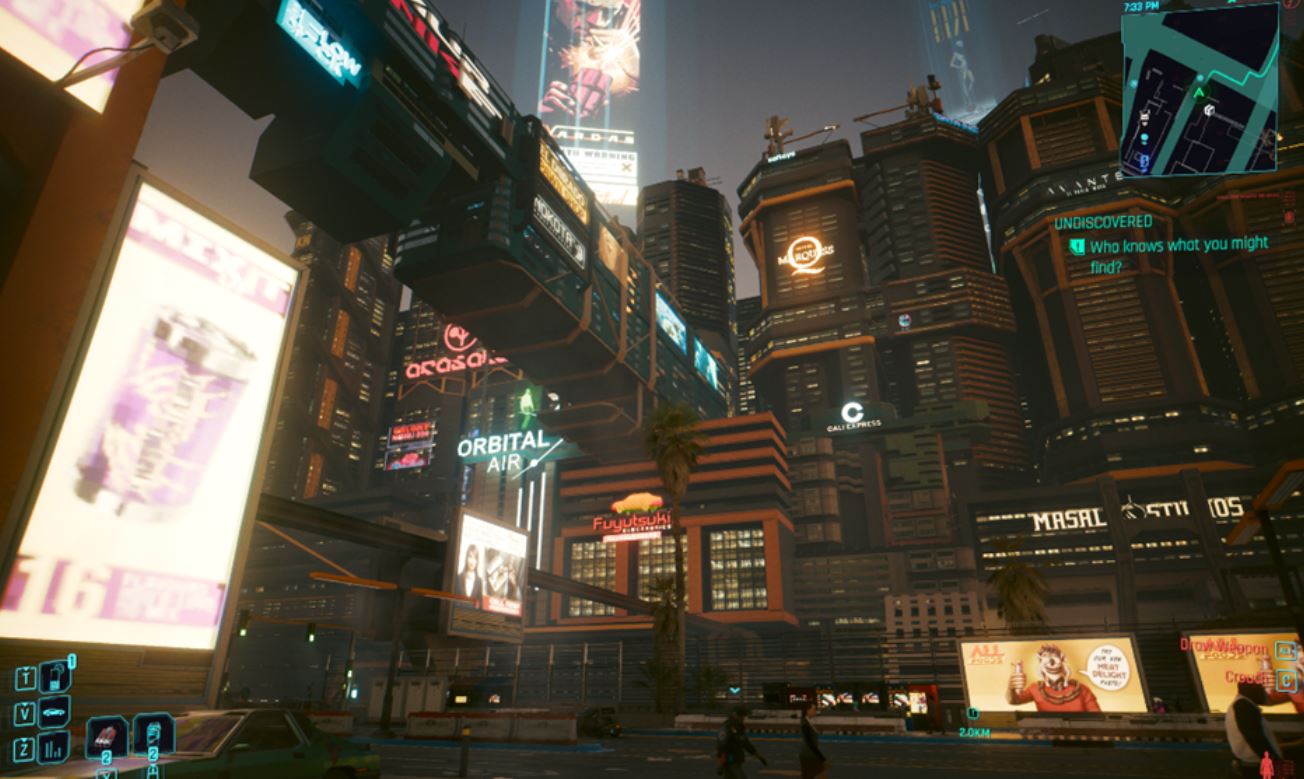 Figure 2 – Ultra (no Ray Tracing)
Figure 2 – Ultra (no Ray Tracing)
With settings at “Ray Tracing: Low”, I achieved 60 FPS on average, and subjectively I enjoyed the improvements without any noticeable cost. But, when set to “Ray Tracing: Medium”, I was only able to achieve an average of 44 FPS – and more importantly whenever there was any significant action on screen (I would engage NCPD to 5 stars in the middle of the city) there was an associated drop in FPS, and the game would stutter from moment to moment. At this level the game was ‘playable’ on the m16 R2 at least…
However, my experience was that any setting above this rendered Cyberpunk 2077 unplayable, even when I tried to fiddle with the settings menu, changing DLSS, etc. Whilst I will admit I enjoyed watching Night City’s citizens and cityscape in at higher Ray Tracing settings, I would have liked to have been able to play without the game essentially freezing.
When my son was born, I spent long periods of his newborn phase playing countless hours of Cyberpunk 2077, on both laptop and PS5, enough to be quite familiar with how the city looks and feels. I was disappointed that at more than $3000 I couldn’t get the m16 R2 to maintain a graphical experience that felt significantly improved for me, compared to my old laptop or PS5.
Final Thoughts?
Sitting on the couch and playing Hades 2, any of the more recent free-to-play games, etc – the Alienware m16 R2 was wonderful. I would imagine for most people, who are content to play most games (that don’t tax your system), and want portability, would enjoy the m16 R2 – if they were willing to pay the price and felt the value proposition was similar or better than competitors. Personally, this is my point of tension. I’m writing this review at a time when cost of living is in the news daily if not weekly – and whilst I’m trying to review the Alienware m16 R2 on it’s own merits, I can’t help but wish I was getting more value or performance for the price. Particularly when consoles are cheaper, and there are so many streaming options and arrangements that make gaming more accessible than ever; let alone simply connecting your (upgradeable) PC to your TV and using a controller. Overall, I give this 3 our 5 stars, given it’s a great laptop that I probably wouldn’t feel comfortable trying to afford.


